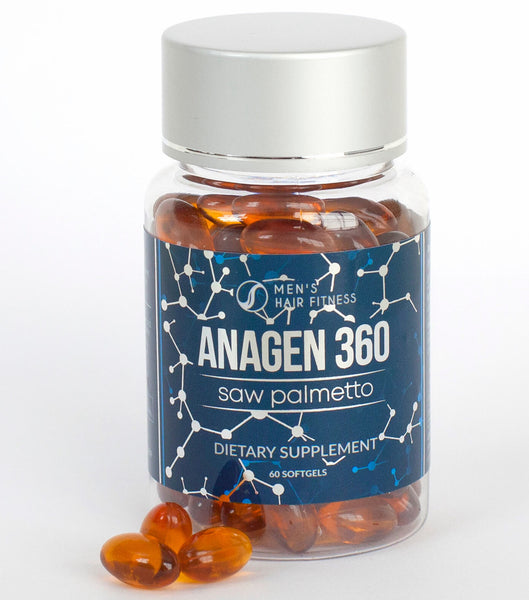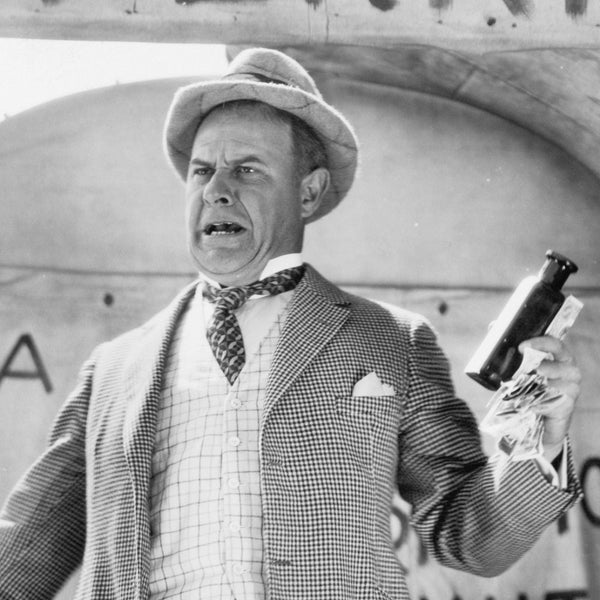What to expect from minoxidil treatment
A very powerful tool for fighting Hair Loss
Treatments containing Minoxidil (like our Regro 5% spray) are a powerful tool for managing hair loss but it takes a little patience and a regular healthy routine to get the full benefits. The good news is it will take less time than you spend brushing your teeth and the vast majority of men report very positive results.
What you can expect from minoxidil is that it will halt further loss after 3 months of a twice-daily routine, and in areas where the hair follicles are still active, it will be effective in encouraging regrowth in over 60% of men. After a year of continuous use, you should expect the initial gains to stabilize as you hair bounces back and you get the thinning under control. The key to using minoxidil is to get into and stick with a healthy routine to get on top of your hair and maintain your gains.
The first few months
The first few months of your new routine are critical to putting a stop to any further loss and creating an environment that encourages regrowth. A 2004 study1 of 733 men using a twice-daily application of 1ml of 5% minoxidil solution to treat their hair loss gives a good guide as to what you should expect;
- Month 1 - 14% of men experienced a noticeable improvement in their hair in the first month.
- Month 2 - 66% reported a noticeable improvement by the end of month 2.
- Month 3 - over 95% of men were reporting a significant improvement by the end of month 3.
In a follow-up examination at the end of 4 months of treatment, the visible “thinning” area was smaller in just under 2/3rds of men, unchanged in 1/3rd and larger in under 1%.
Minoxidil was judged in that study to be effective in encouraging regrowth in over 60% of cases, was moderately effective in 31% and ineffective in just 2.6% of cases. A separate study2 of 989 men over a year demonstrated that the results seen in the previous study were still clearly visible at the end of year 1. The affected area was smaller in 62% of men, stable in 35% and larger in just 3%.
The proof is in the pictures
By far the best way of measuring your progress is to take some photos at the beginning and then periodically once you have your routine up and running. A simple snap of the top of your head will help you keep motivated as you see your progress in those early months and help you get into a healthy routine. Below are the photos of our founder as he progressed through the first 6 months of Minoxidil treatment.



As you can see from the photos, the effects were very noticeable and these photos certainly helped keep him focused as he got on top of his hair.
Some men will experience dry scalp and some itching
The greatest concern with minoxidil is dryness or itching on the scalp, ironically this doesn’t appear to be due to the Minoxidil itself but rather the carrier solution it is embedded in. This is not an issue for up to 90% of men but around 10% will experience some symptoms. Interestingly in the studies less that 5% stopped treatment because of them. The number reporting mild to moderate side effects decreased as time went on indicating that there scalps adapted. If you experience a severe dryness or itching reaction then stop applying the treatment immediately.
Get on top of your hair with Minoxidil
The key to using minoxidil is getting into a healthy daily routine and sticking with it. Our Regro spray only takes a few moments a day to apply, a similar commitment to brushing your teeth - but you get to keep your hair! You can expect to start seeing results from using minoxidil within 3 months but it may take longer for the full benefits to emerge. By the end of the first year it will have stabilized you hair and in over 60% of men it will be effective in encouraging regrowth, especially if you catch your hair loss early. Only 1 in 10 will experience side effects in the form of itchiness or dryness and these are usually be mild. Minoxidil is a treatment not some kind of “magical cure” but if you maintain the routine it can help you get on top of your hair and stop the loss, especially if you match it with our Ketoconazole shampoo.
- RAPID ONSET OF ACTION OF MINOXIDIL 5% TOPICAL SOLUTION IN A 4-MONTH GERMAN OBSERVATIONAL STUDY ON BOTH PATIENTS AND PHYSICIANS, Jan Rundegren, Pfizer Consumer Healthcare, S-25109 Helsingborg, Sweden.
- A ONE-YEAR OBSERVATIONAL STUDY WITH MINOXIDIL 5% SOLUTION IN GERMANY: RESULTS OF INDEPENDENT EFFICACY EVALUATION BY PHYSICIANS AND PATIENTS. Jan Rundegren, Pfizer Consumer Healthcare, S-25109 Helsingborg, Sweden.
Also in Research & News

Saw Palmetto - a natural way to reduce DHT
An alternative for Men who want to explore a more natural way of blocking DHT is Saw Palmetto. Widely used in the treatment of enlarged prostates, a condition closely hormonally linked to hair loss, there is good scientific evidence that it significantly reduces free DHT and thus protects your hair.
Learn how Saw Palmetto acts to reduce thinning by disrupting the production of DHT. This can have a powerful impact on its own or it can be used to enhance the effect of other treatments as part of a combined program.

How to sell snake oil
The value of the global hair-loss treatment market is a $2.7bn USD in 2017, which is not surprising when you consider how widespread male pattern hair loss is. Unfortunately, a market that largely attracts not only serious research and clinically proven products, but also a host of more dubious “treatments” and, in some cases, completely unscrupulous “cures”. These can range from the seemingly well-intended but ineffective treatments to outright frauds.

Finasteride - treating hair loss by blocking the production of DHT
Finasteride is one of two FDA-approved medicines for the treatment of androgenic alopecia (male pattern hair-loss). Developed on the back of insights around male sexual development it was released in 1997 after over 20 years of development. It works by blocking the production of a hormone which degrades your hair follicles and in large-scale studies, it has shown to help maintain and in some cases promote hair growth.
